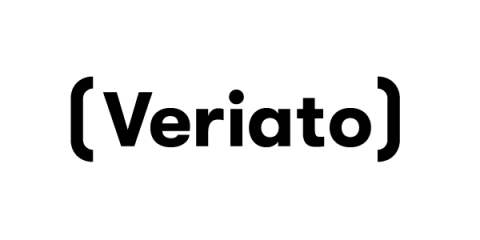Email DLP: How To Stop Insider Threats In Their Tracks
Data Loss Prevention (DLP) for email systems helps organizations prevent sensitive data within email from being lost, leaked, or accessed by unauthorized individuals, be it an insider risk or malicious behavior from outside. Solutions for email DLP monitor inbound and outbound messages, searching for loss risks like content or attachments that are sensitive, confidential, or protected by regulation. Email DLP systems can flag, block, or delete an email based on custom policy.









